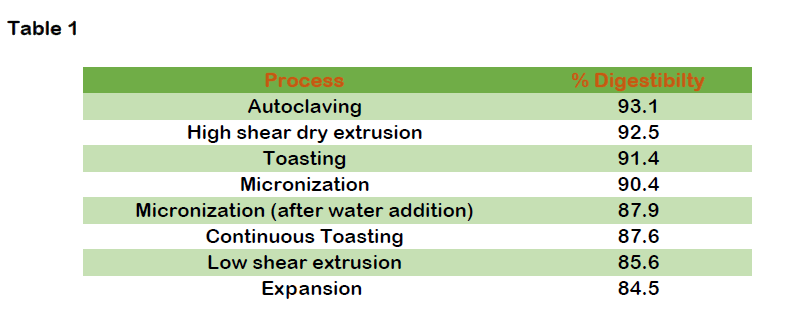Alimentation des truies modernes

Quand j’ai commencé ma carrière dans une ferme d’élevage de porcs, en 1978, une cochette de 6 mois mesurait environ 110 cm (~ 43 pouces) et pesait environ 100 à 110 kg (220 à 242 livres). L’efficacité du sevrage était d’environ 18 à 21 porcs par truie et par année. Les porcelets étaient sevrés vers 40 à 45 jours pour maximiser la production de lait des truies en lactation.
Aujourd’hui, les truies modernes peuvent produire 35 à 40 porcs par truie et par année, presque le double du rendement d’il y a 39 ans. La longueur du corps, le taux de croissance, la consommation d’aliments et la production de lait des truies en lactation, tout a considérablement augmenté avec le développement génétique et la densité nutritionnelle.
Toutefois, la sélection d’une génétique supérieure a affecté d’autres caractéristiques. Par exemple, les truies modernes sont très sensibles à la chaleur, ce qui se traduit par une réduction de leur consommation quotidienne d’aliments, ce qui, à son tour, affecte les performances de reproduction et la production de lait chez les truies en lactation. Une solution consiste à nourrir à des niveaux spécifiques d’énergie et de lysine pour contrecarrer les effets du stress thermique sur le volume de production de lait des truies.
Les graines de soja, riches en protéines, constituent une source efficace et peu coûteuse d’énergie et d’acides aminés pour l’alimentation des truies modernes. Cependant, les truies ne peuvent pas consommer les graines de soja brutes, parce que les facteurs antinutritionnels tels que les inhibiteurs de trypsine, l’uréase et les lectines ne sont pas désactivés si les graines de soja ne sont pas transformées. Les facteurs antinutritionnels ont des effets négatifs sur l’efficacité de la digestion. Ainsi, il est nécessaire de transformer ou de faire cuire les graines de soja.
Il existe plusieurs méthodes de transformation ou de cuisson des graines de soja, y compris : la torréfaction, la micronisation, le soufflage, l’extraction par solvant, l’extrusion à sec à cisaillement élevé et l’extrusion humide. Une étude menée par McNab et ses collègues (1985) a mis en évidence la digestibilité des acides aminés en fonction des différentes méthodes de transformation (Tableau 1). Les auteurs ont conclu que l’extrusion à sec à cisaillement élevé, inventée par Insta-Pro International®, constituait un moyen efficace de transformer les graines de soja en inactivant les facteurs antinutritionnels et en améliorant la digestibilité des protéines chez les poussins.
Lors de la transformation des graines de soja pour l’alimentation des truies modernes, il est essentiel d’utiliser une température de traitement adéquate pour obtenir la désactivation des facteurs antinutritionnels et augmenter la digestibilité des protéines. Il a été scientifiquement déterminé que l’extrusion à sec à cisaillement élevé de graines de soja doit atteindre la température minimale de traitement que nous recommandons à nos clients. Récemment, le Dr Carl Parsons, de l’Université de l’Illinois (à Urbana-Champaign) a publié les données suivantes concernant la digestibilité des acides aminés et l’énergie métabolisable du soja non déshuilé extrudé à sec avec cisaillement élevé, à une température de traitement appropriée (tableau 2). Lorsque des poulets ont été nourris au soja non déshuilé extrudé, la digestibilité de la cystéine et de la thréonine a augmenté, tandis que pour la méthionine et la lysine elle est restée similaire, par comparaison avec les tourteaux de soja extraits au solvant. Par ailleurs, les volailles nourries au soja non déshuilé extrudé avaient 68 % plus d’énergie métabolisable que les volailles nourries avec des tourteaux de soja extraits au solvant.
En conclusion, l’extrusion à sec à cisaillement élevé, lorsqu’elle se fait à des températures de traitement adéquates, améliore la valeur nutritive du soja non déshuilé extrudé, tout en offrant une excellente source de matières grasses appétentes et d’énergie dans le régime alimentaire des truies modernes. En outre, le soja non déshuilé extrudé contient des acides aminés et des protéines très digestibles, qui favorisent une meilleure digestibilité. Pour résumer, le traitement des graines de soja par extrusion à sec à cisaillement élevé présente de nombreux avantages par rapport aux autres méthodes de transformation. Pour plus d’information, veuillez nous contacter.




